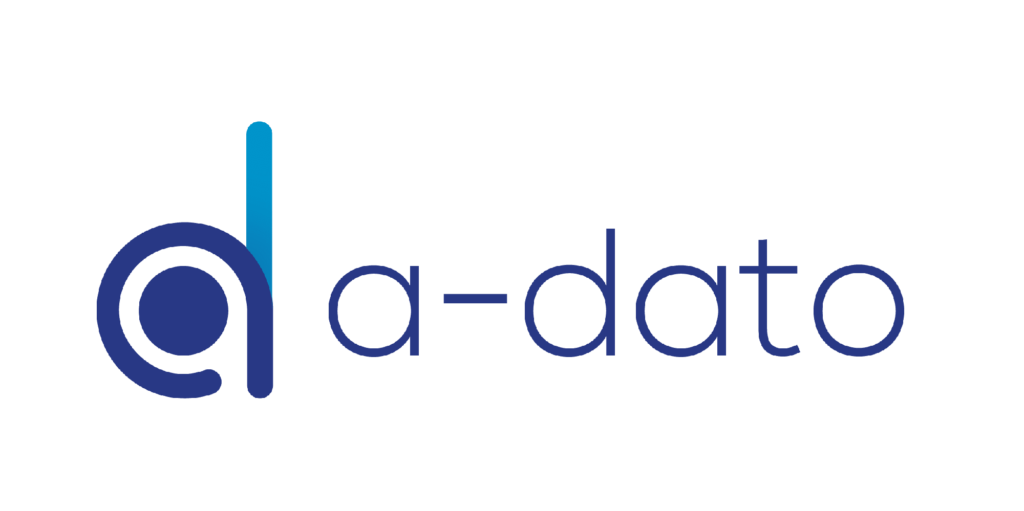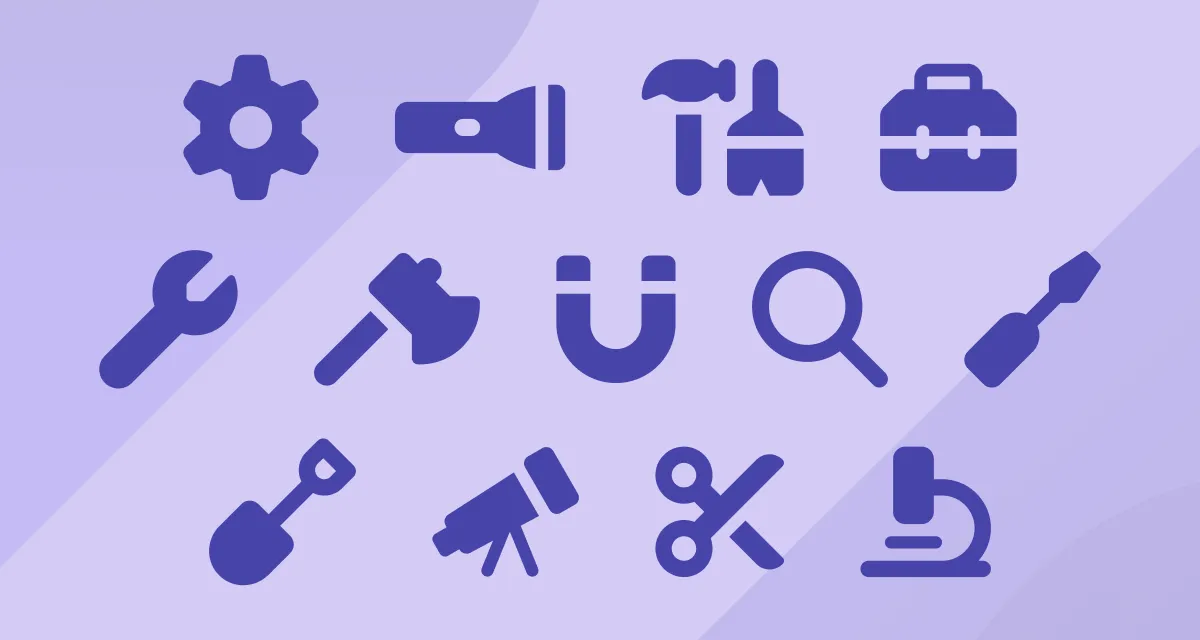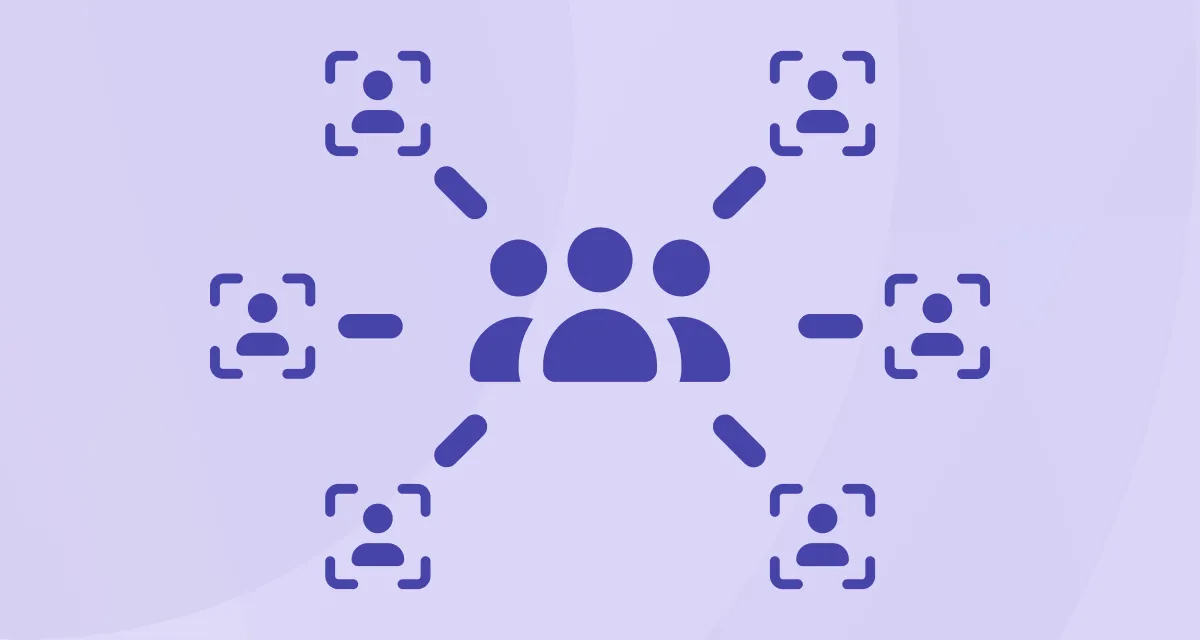Most organizations are already running hybrid projects, even if they don’t call them that.
R&D uses Agile. Production runs milestone-driven plans. Procurement manages suppliers in Excel.
This mix wasn’t designed; it evolved. Now, it’s the reality most leaders have to manage: different teams, different rhythms, one shared goal.
But as projects grow more complex, the cracks begin to show. Schedules drift. Buffers vanish. Reports contradict each other. And leaders – despite having more dashboards than ever – can’t get a single, reliable picture of progress.
This blog explores how to get management buy-in for the system that holds all of that together, a system built not to replace methods, but to connect them.
Because the conversation isn’t about whether to go hybrid. It’s about how to build the infrastructure that makes hybrid actually work, across methods, across teams, and across the entire value chain.
Table of Contents
1. Hybrid Is Already Here
Across industries – from aerospace and manufacturing to pharmaceuticals and energy – organizations are blending Agile, waterfall, and everything in between. It’s not a strategic decision anymore. It’s survival. Different work types demand different rhythms. But here’s the problem: every method comes with its own system, language, and measure of success. When you combine them without integration, you get what many PMOs experience today – a collection of local optimizations, not a global plan.
According to PMI’s Pulse of the Profession (2024), over 70% of organizations now use hybrid approaches, but fewer than 30% say they can actually integrate data across them. The rest rely on manual reporting – a slow, error-prone bridge between worlds.
2. The Real Fear: Invisible Risk
Executives don’t resist hybrid because they dislike flexibility. They resist it because it hides risk.
Without a unified system, they can’t see early warning signals and when they finally do, it’s usually through missed milestones, unplanned overtime, or a late customer call. Failed transformation don’t happen from lack of effort. They happen because leadership was managing blind.
Hybrid only works when leaders can see it working. And visibility isn’t just about data; it’s about confidence.
3. Inside the Monday Morning Meeting
It’s Monday morning. The steering team gathers for the weekly project review. R&D is working in Agile sprints. Production is tracking milestones in MS Project. Procurement runs its own Excel schedules. Each update makes sense in isolation, but together, the picture doesn’t add up. Delivery dates shift. Buffers erode. Nobody can say with confidence whether the overall program is still on track.
This isn’t a story of failure. It’s a story of disconnection. Each team is doing their best but the system isn’t doing enough to connect them. When leadership loses that unified view, trust begins to erode. Decisions become defensive. Projects become political.
Transformation – no matter how well-intentioned – slows to a crawl.
4. Why Buy-In Fails (and How to Fix It)
Most attempts to “get buy-in” for hybrid fail because they start in the wrong place: with tools instead of trust.
Executives don’t buy into systems. They buy into certainty. They want to know that change won’t add complexity, delay, or risk.
So the real question isn’t “How do we sell hybrid?”
It’s “How do we give leadership a reason to trust it?”
Buy-in happens when leaders see three things clearly:
-
The system aligns the organization around shared outcomes.
-
It assures them of visibility, even when methods differ.
-
It accelerates results without creating chaos.
That’s where the 3 A’s of Buy-In come in.
5. The 3 A’s of Buy-In: Align, Assure, Accelerate
A. Align: Connect Methods to Outcomes
Executives think in outcomes, not story points or task lists. So when presenting a hybrid system, translate operational data into strategic clarity:
-
“Here’s how Agile delivery connects to your milestone plan.”
-
“Here’s the resource impact of these two delayed sprints.”
-
“Here’s the risk exposure across the entire portfolio.”
Alignment isn’t about changing how teams work. It’s about giving leadership one consistent truth.
B. Assure: Replace Reports with Real-Time Confidence
Buy-in grows when management stops chasing updates. A connected system like LYNX brings every method, from Agile boards to production timelines, into one live view. Executives can see progress, dependencies, and risk as they unfold, not weeks later in PowerPoint.
That’s the shift from “show me the data” to “I can see it myself.” And once that happens, trust follows.
C. Accelerate — Prove It Quickly
No executive buys a promise. They buy results. Start small and pick one pilot program that combines Agile and milestone-driven projects.
When visibility improves and lead times drop, showcase it.
When teams spend less time reporting and more time delivering, quantify it.
That’s how you turn buy-in into belief through proof, not persuasion.
6. The A-dato View: LYNX as the Operating System of Hybrid
Every hybrid environment needs a central nervous system; a place where data, dependencies, and decisions stay in sync.
LYNX is that system. It doesn’t replace Jira, Excel, or MS Project; it unites them.
By connecting flow, capacity, and portfolio-level visibility, LYNX gives leaders a single source of truth across every method.
Because when you can finally see the system as a whole, you don’t just manage projects you manage momentum.
7. Questions to Ask Before Scaling Hybrid
If you’re already running hybrid (and you almost certainly are), ask yourself:
-
Can every team see the same version of truth?
-
Can management trust project status without PowerPoint?
-
Can we predict the impact of one project’s delay across the portfolio?
If not, your challenge isn’t people or process. It’s infrastructure.
8. When Transformation Cannot Fail
Every transformation reaches a breaking point where the cost of disconnection outweighs the comfort of control.
That’s when leaders realize: visibility isn’t optional anymore.
It’s the foundation of trust.
Hybrid isn’t chaos waiting to happen. It’s clarity waiting to be designed.
When transformation cannot fail, you don’t need more dashboardsm, you need one system that listens, learns, and connects.
That’s what makes hybrid work.











